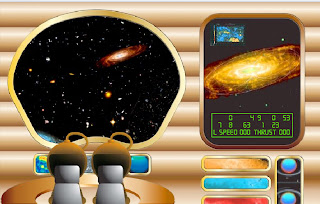Is a city in northern Italyknown both for tourism and for industry, and is the capital of the region Veneto, with a population of about 272,000 (census estimate 1 January 2004). Together with Padua, the city is included in the Padua-Venice Metropolitan Area (population 1,600,000).
The name is derived from the ancient tribe of Veneti that inhabited the region in Roman times.The city historically was the capital of an independent city-state. Venice has been known as the "La Dominante", "Serenissima", "Queen of the Adriatic", "City of Water", "City of Masks", "City of Bridges", "The Floating City", and "City of Canals". Luigi Barzini, writing in The New York Times, described it as "undoubtedly the most beautiful city built by man". Venice has also been described by the Times Online as being one of Europe's most romantic cities.
The city stretches across 117 small islands in the marshy Venetian Lagoon along theAdriatic Sea in northeast Italy. The saltwater lagoon stretches along the shoreline between the mouths of the Po (south) and the Piave (north) Rivers. The population estimate of 272,000 inhabitants includes the population of the whole Comune of Venezia; around 60,000[5] in the historic city of Venice (Centro storico); 176,000 in Terraferma (the Mainland), mostly in the large frazioni of Mestre and Marghera; and 31,000 live on other islands in the lagoon.
The Republic of Venice was a major maritime power during the Middle Ages andRenaissance, and a staging area for the Crusades and the Battle of Lepanto, as well as a very important center of commerce (especially silk, grain and spice trade) and art in the 13th century up to the end of the 17th century. This made Venice a wealthy city throughout most of its history. It is also known for its several important artistic movements, especially theRenaissance period. Venice has played an important role in the history of symphonic and operatic music, and it is the birthplace of Antonio Vivaldi.






